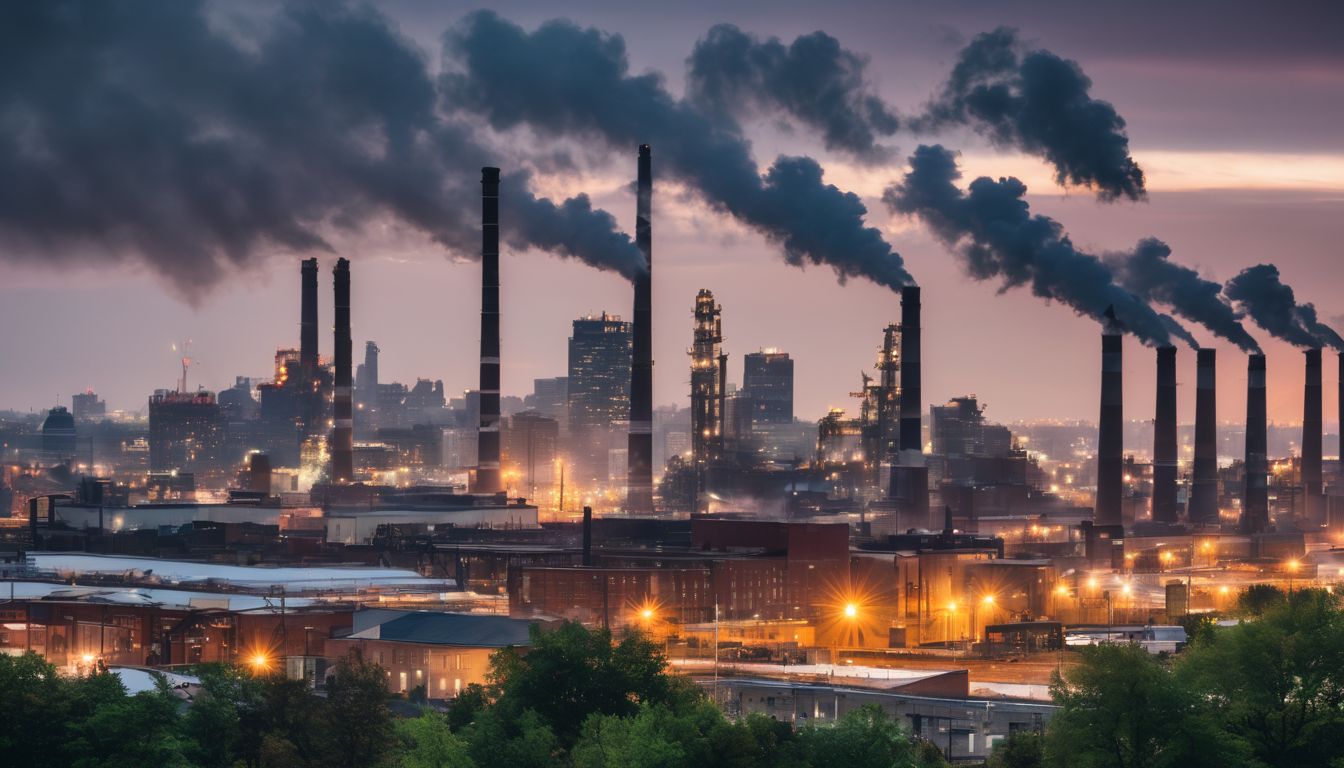This article on Hawaii . The Pacific Northwest region includes the states of Washington, Oregon, Idaho, and some areas in adjoining states and the Canadian province of British Columbia when related to assessing impacts in the Columbia River basin. The region has a great diversity of resources and ecosystems, including forests with some of the world’s largest trees, mountain and marine environments, and nearly all the volcanoes and glaciers in the contiguous U.S.
The Pacific Northest has seen several decades of rapid population and economic growth as the aerospace, computer software and hardware, trade, and services industries have expanded. Population has nearly doubled since 1970, a growth rate almost twice the national average!1 With so many people moving into the Pacific Northwest, resources will continue to be stressed, so it is important to take a close look at the effects climate change may bring to the region.
Pacific Northwest Climate Overview
The climate of the Pacific Northwest is shaped by the interaction between atmospheric circulation patterns and the region’s mountain ranges. The Cascade Mountain Range creates a barrier between the coastal climate to the west, where temperatures are mild year-round, and the continental climate to the east, where there is more sun and there is a larger range in temperature.3
Although the Pacific Northwest is known for being very rainy, the region does experience dry summers. About two-thirds of the precipitation in the region occurs in the six months between October and March, and most of this precipitation is trapped as snow in the mountains. During the summer it is dry enough that irrigated agriculture, urban dwellers, and ecosystems are all dependent on snowmelt for water.
Annual mean precipitation in the Pacific Northwest—notice the difference between the areas East and West of the Cascades. 4
Over the last century, both temperature and precipitation have increased in the Pacific Northwest. The region has warmed about 1.5°F on average, although warming was greater in the region west of the Cascades during winter and spring. Warming is expected to continue as a result of climate change at a rate of about 0.5°F (0.27°C) per decade. Precipitation increases over the last century have occurred primarily in the spring in eastern Washington and southern British Columbia.
Future precipitation changes are less certain than temperature changes, but overall, precipitation is projected to increase. While this may seem like a good thing for the agriculture industry and urban drinking supplies, it is not the amount of precipitation that matters, but the type and timing of the precipitation. Even with more rain in the spring, warmer winters are likely to mean less snow. Consequently snowpack will likely shrink in a warming climate and summer streamflow will drop considerably. This and other climate changes will have a wide range of consequences, most of them negative, for humans and ecosystems.5 The impacts of changing precipitation patterns are uncertain, but many area ecologists, agriculturalists, and climate experts believe that increases in spring precipitation will benefit dryland agriculture and lead to a longer growing season. However, these benefits will likely be offset by the losses to irrigated, high-dollar-value crops that need more water in the summer. Recent history may offer some analogous situations, such as the below-average snowpack years of 1991 to 1994 in the dry Yakima Valley of Washington, which led to water shortages and economic losses of $140 million.6
Forests and Fires
Massive conifer forests are one of the distinguishing features of the Pacific Northwest. These forests cover about 80% of western Washington and Oregon. However, because commercial logging is one of the largest industries in the region, about a century of logging has greatly altered the species and age distribution of the regions forests. Nonetheless, the Northwest still provides around a quarter of the nation’s softwood and plywood lumber.7 Indeed nearly all of the Pacific Northwest’s forests have been logged at some time or another. Only 10 to 20% of the current forest is standing old growth.8Deforestation is a major local issue and happens to also be one of the biggest global issues threatening our environment.
It is likely that the conifer forests of the regions will continue to be threatened in the future, especially as the climate keeps on changing. While it has been documented that some types of trees grow better with more carbon dioxide in the air, for most Northwestern coniferous forests, growth tends to be lower (and forest fires more extensive) during warmer, drier years.9 To make matters worse, higher summer temperatures and earlier spring snowmelt are expected to increase the risk of forest fires in the Northwest by increasing summer moisture deficits. Drought stress and higher temperatures will decrease tree growth in most low and mid-elevation forests. They will also increase the frequency and intensity of mountain pine beetle and other insect attacks, further increasing fire risk. The mountain pine beetle outbreak in British Columbia has destroyed 33 million acres of trees so far. Over 78 percent of the mature pines in the region (and over one-third of the total area of British Columbia’s forests) are projected to be killed by 2018. Idaho’s Sawtooth Mountains are also now threatened by pine beetle infestation.10
Coastal and Marine Environments
Both the physical landscape and the ecosystems of the coasts will be affected by climate change and a rising sea level. Changes in wave direction may increase coastal erosion, as often happens during El Niño events. Increased winter precipitation will probably lead to more frequent landslides—recent wet winters have shown that thousands of homes are at risk from landslides around Puget Sound and on the Oregon coast, and climate models consistently project wetter winters.11
Salmon Population Decline
According to popular lore, there was once a time when the streams of the Pacific Northwest were so full of salmon that horses were afraid to enter the water—so full of fish that people could walk across the water on their backs.12 Unfortunately, over the last century, development and other factors have whittled down the salmon populations of the region. Now, climate change is likely to decrease the salmon population even further.
Historically, most Pacific Northwest salmon populations have fared best in periods of high precipitation, deep mountain snowpack, cool air and water temperatures, cool coastal ocean temperatures, and abundant north-to-south “upwelling” winds in spring and summer. Rising stream temperatures will likely reduce the quality and extent of freshwater salmon habitat. Salmon populations will also be negatively affected as more winter precipitation comes in the form of rain rather than snow. Higher winter stream flows scour streambeds, damaging spawning nests and washing away incubating eggs for Pacific Northwest salmon. Earlier peak stream flows flush young salmon from rivers to estuaries before they are physically mature enough for transition, increasing a variety of stressors including the risk of being eaten by predators. Studies suggest that one third of the current habitat for either the endangered or threatened Northwest salmon species will no longer be suitable for them by the end of this century as key temperature thresholds are exceeded.13
Pacific Northwest Takes Steps to Combat Climate Change
States and cities in the Pacific Northwest have already started to develop a number of strategies for adapting to climate change. For example, in response to concerns about increasing flood risk, King County, Washington, has approved plans to repair the county’s aging levee system. The city of Olympia, Washington, has decided to relocate its primary drinking water source from a low-lying surface water source to wells on higher ground due to concerns about sea-level rise.
In addition, the sub-regions in the Pacific Northwest are banding together to tackle climate change. Just a few weeks ago, three governors and the Premier of British Columbia announced that they will collaborate on an action plan to increase energy efficiency in homes, build infrastructure for electric cars, and prepare for climate change adaptation. According to the Center for Climate Strategies, this action plan could create more than 1 million net new jobs and up to $95 billion in net new economic growth between 2010 and 2020. The partnership is exciting, and hopefully it will inspire other regions in North America to come together as well in the fight to counter climate change. Without a strong national climate change policy, regions may have to pick up more of the slack to harmonize their energy efficiency and environmental standards, combine their purchases of low-carbon vehicles, develop high-speed rail, create regional emergency response plans to manage climate impacts, develop a robust market for recycling, and leverage private sector support for innovative ways to finance green development.15




